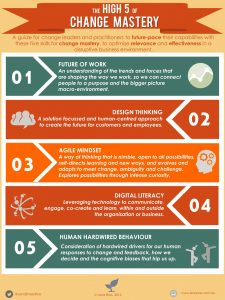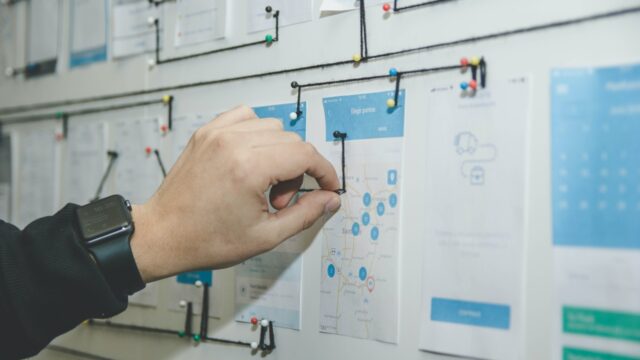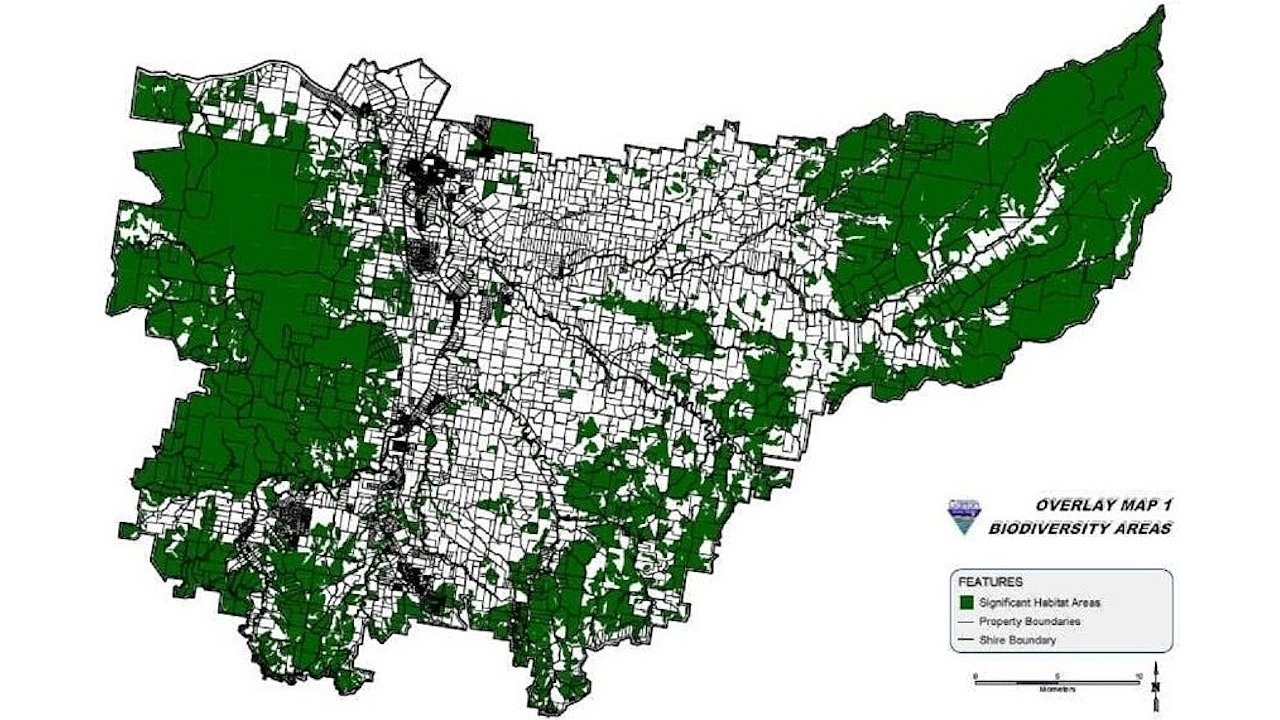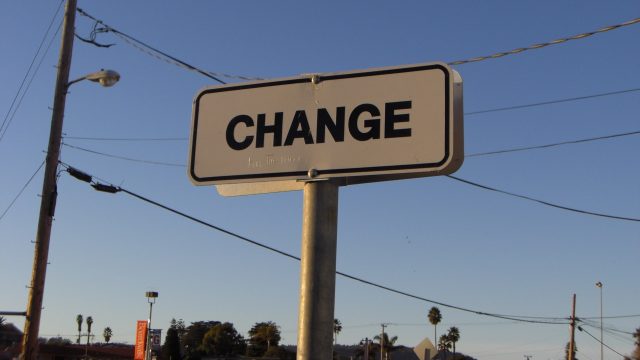
Five capabilities we need now to lead and manage change
Change leaders and practitioners have an established set of conventional technical and behavioural capabilities, such as stakeholder engagement, influencing skills, communication, assessing readiness and impacts… to name a few.
These capabilities and interventions have served us well for a long time. But now that change itself is changing, we need to build new capabilities that will equip us with skills for a disruptive business environment.
In a climate of relentless change, we need to ensure our practice remains relevant by taking a future-forward view. In delivering change, we need to continue to add value to business success and benefits realisation. And in that ongoing contribution we make to landing change successfully in organisations, our role itself is evolving.

We need to stay ahead of the curve!
To help change leaders and managers find out more and prepare for these new ways of working, #changehacks has prepared The High 5 of Change Mastery white paper, along with the one page infographic at right outlining the five emerging capabilities. In the white paper, you’ll find with each capability definition, a brief overview of why it’s important, and how you can use it.
In the meantime, here’s a summary:
#1 Future of work – An understanding of the trends and forces that are shaping the way we work, so we can connect people to a purpose and the bigger picture macro-environment.
#2 Design thinking – A solution-focused and human-centred approach to create the future for customers and employees.
#3 Agile mindset – A way of thinking that is nimble, open to all possibilities, learning and new ways, and evolves and adapts to meet change, ambiguity and challenge. Explore possibilities through intense curiosity.
#4 Digital literacy – Leveraging technology to communicate, engage, co-create and learn, within and outside the organisation or business.
#5 Understanding hardwired human behaviour – Understanding and consideration of hardwired drivers for responses to change, how we decide and the cognitive biases that trip us up.
The interplay of the five capabilities
These must-needed capabilities are inter-related and serve as a set of complementary skills. As business models move from a product-centric approach to customer-centric one, design thinking principles are adopted to gain insights, while an agile mindset and approaches are needed to explore possibilities along with an organisational nimbleness for rapid prototyping and delivery. A proficiency in digital channels enable us to analyse, communicate, and deploy effectively. To become better at putting our people- our customers and employees- at the heart of what we do is helped by an understanding of our hardwired behaviour and responses. This sophisticated interplay of capabilities will help us lead and implement change with a strong focus on collaboration and co-creation.
Ask yourself:
- How are we defining these capabilities in our business?
- How are we building these capabilities, at an individual, team and organisational level?
- How will we measure them?
- How will we reward them?
Building the capabilities
We need to do things differently to lead and help others manage ongoing change. If we ‘re not building these emerging capabilities now, then we’ll need to soon because disruptive forces won’t wait for us to catch up.
Now, how ready are you to high five?
In 2017 #changehacks will offer a new set of workshops – the Dare to Disrupt series. These workshops will deep-dive into these new capabilities, with a strong practical focus, so you can leave with tips on how to apply your learning straight away. We work with individuals, teams and organisations to build these capabilities for mastery in change leadership and delivery.
Article source: Five capabilities we need now to lead and manage change.






